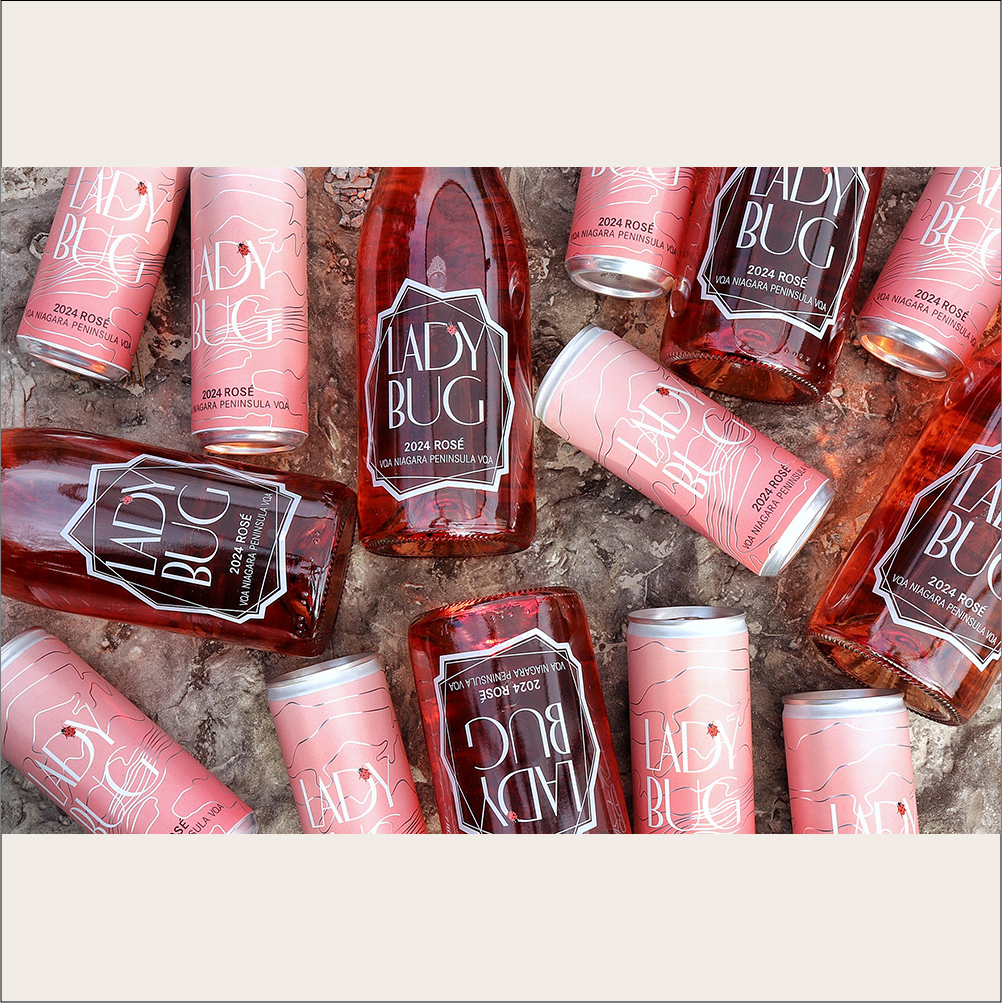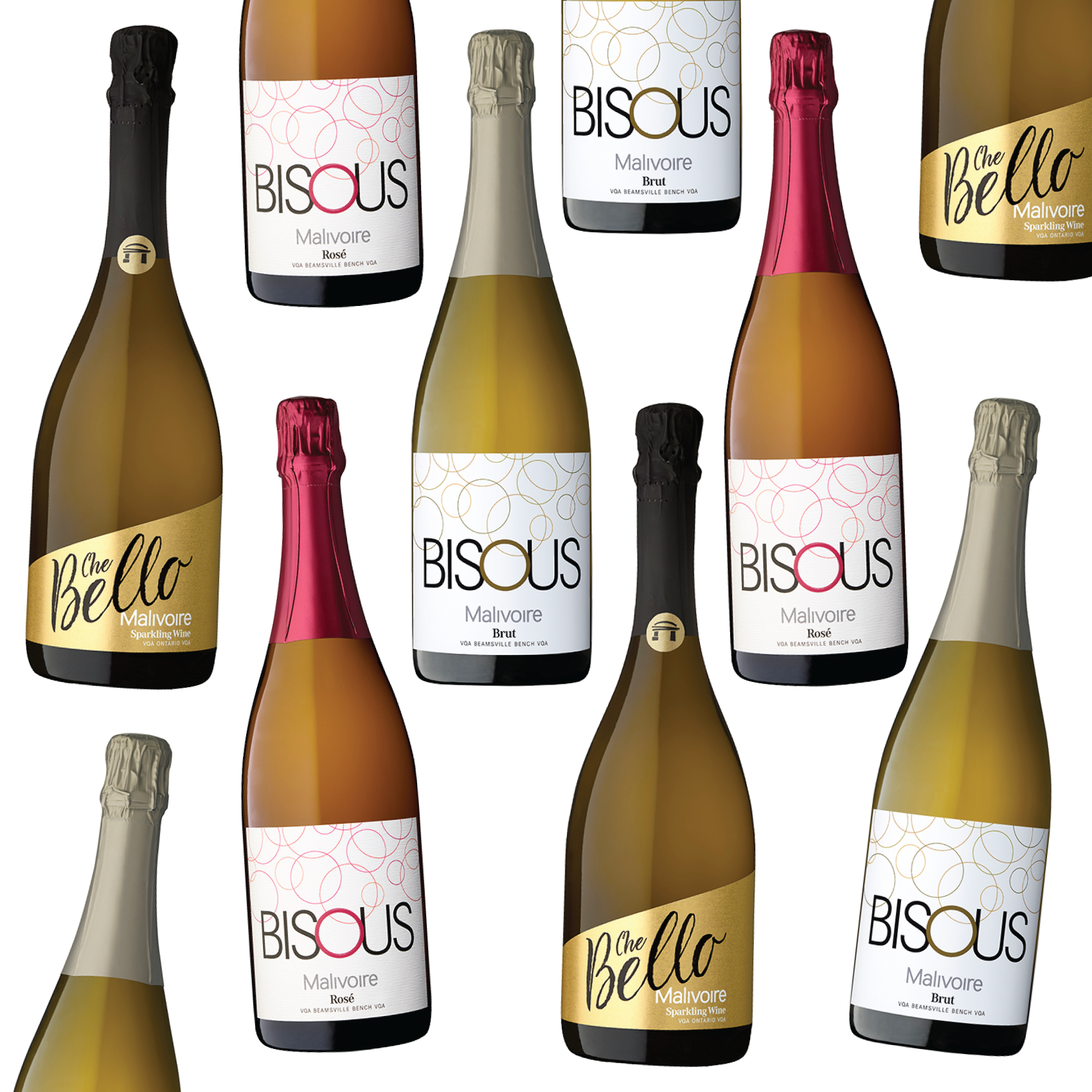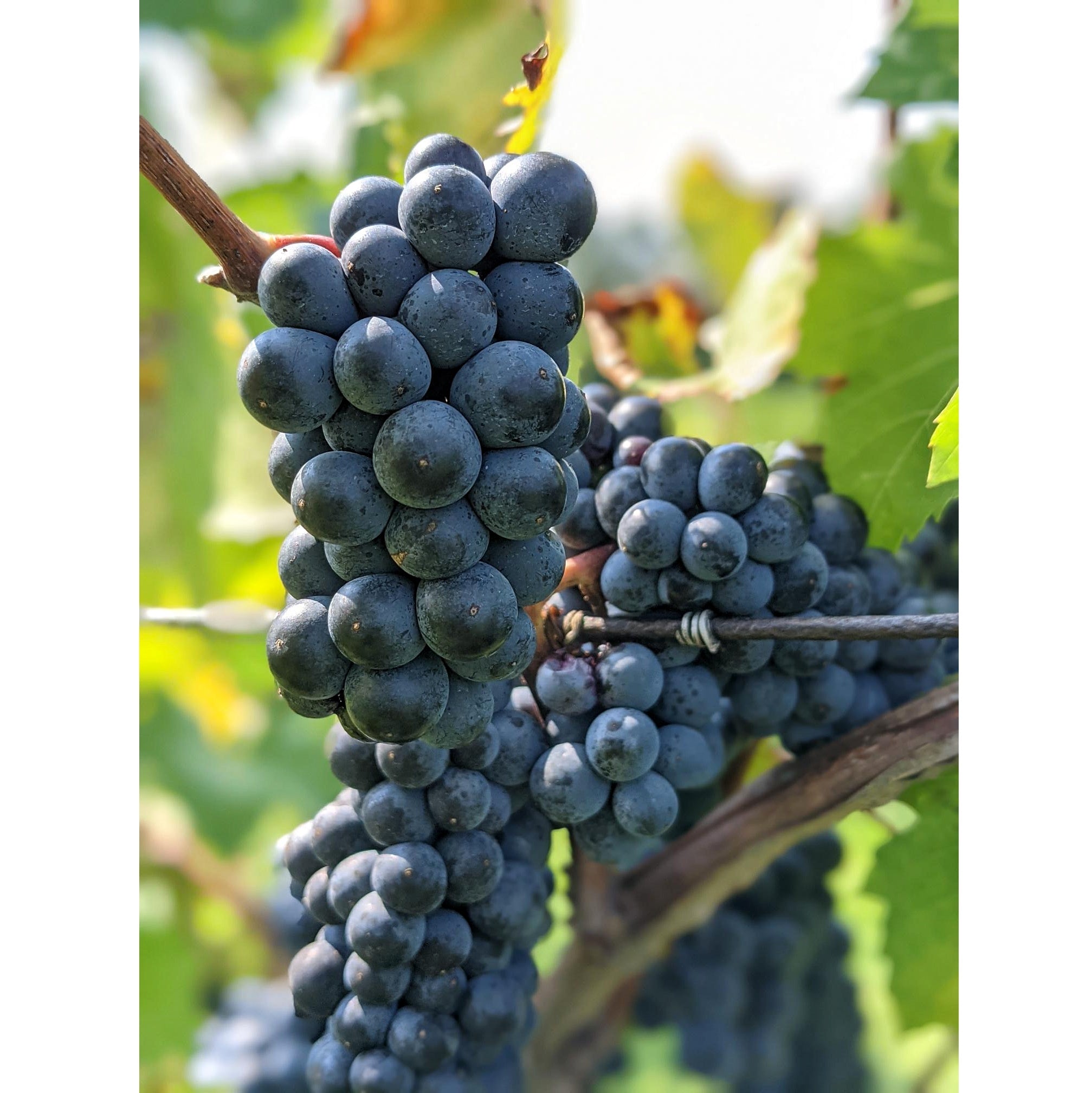Honouring our Heritage
Honouring our Heritage - Ontario's Cinderella Varieties

It is time hybrid winegrape varieties were given their due. Working in the shadows of their glamourous vinifera cousins, these varieties long ago made better wines from eastern North America possible, and opened the door for the introduction of vinifera here.
First, we hesitate at referring to “hybrids”. Nothing wrong with the word, but it is historically associated with outdated biases, since disproven by years of proficient results. We have joined those who refer to these now as “Heritage Varieties” in respect of their historic importance to domestic wine.
Following a dismal period for corners-cut winemaking during Prohibition, a trend toward higher-quality wine began in Canada in the post-war 1940s. While vinifera vine imports were considered, Canadian winemakers of the day had higher confidence in hybrids that had been developed in France over the preceding century. By crossing European vinifera with native North American vines, French grape breeders had created new varieties whose hardiness to North American conditions attracted Canadian vintners.
So, through the 1950s and 60s, new Canadian wines emerged from domestic plantings of Baco Noir, Maréchal Foch, Seyval Blanc and Vidal. Though better than their Prohibition forbears, few if any were memorable. Still, by the 1980s, experience gained in growing and vinifying these varieties was showing, and very credible table wines and icewines were emerging. The introduction of European vinifera to Canada did not put the Heritage Varieties out of work, either; increasingly, they found places in popular blends.

Pictured above - Maréchal Foch Grape Clusters
Malivoire currently employs two Heritage Varieties. Seyval Blanc provides the backbone of our Che Bello sparkling, and Old Vines Foch, our first-ever red, remains after 25 years among our most iconic and indispensable wines. Heritage Varieties are also compatible with Malivoire’s eco-commitments. They do not need root grafts and their natural hardiness means less vine replacement, less need for pest control and less need for measures to protect against winter damage.
Finally, a growing demand from emerging wine regions has led to the development of newer hybrids such as Frontenac, L’Acadie Blanc and Marquette. Through these, vineyards and wineries have become viable in the Georgian Bay, Ottawa Valley, Annapolis Valley and other new Canadian regions, providing employment, and enjoyment, in all.





